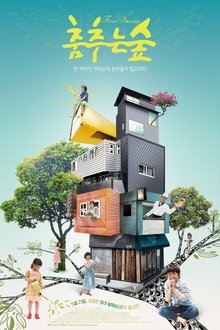The drastic economic development in South Korea once surprised the rest of the world. However, behind of it was an oppression the marginalized female laborers had to endure. The film invites us to the lives of the working class women engaged in the textile industry of the 1960s, all the way through the stories of flight attendants, cashiers, and non-regular workers of today. As we encounter the vista of female factory workers in Cambodia that poignantly resembles the labor history of Korea, the form of labor changes its appearance but the essence of the bread-and-butter question remains still.
Related Movies

Seventeen Project: Debut Big Plan (2015)
The group Seventeen has found all its members already, but they have been training without having been able to debut yet. They are asked to complete a set of missions in order to gain the right to have a one hour long live debut broadcast as the goal of the reality show.
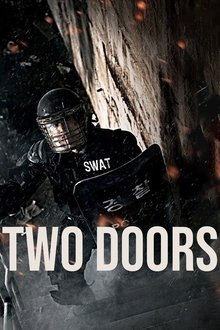
Two Doors (2012)
The documentary Two Doors traces the Yongsan Tragedy of 2009, which took the lives of five evictees and one police SWAT unit member. Left with no choice but to climb up a steel watchtower in an appeal to the right to live, the evictees were able to come down to the ground a mere 25 hours after they had started to build the watchtower, as cold corpses. And the surviving evictees became lawbreakers. The announcement of the Public Prosecutors’ Office that the cause of the tragedy lay in the illegal and violent demonstration by the evictees, who had climbed up the watchtower with fire bombs, clashed with voices of criticism that an excessive crackdown by government power had turned a crackdown operation into a tragedy.
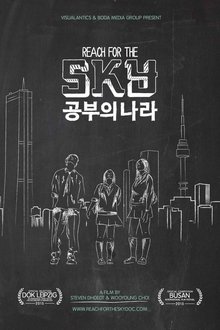
Reach for the SKY (2015)
Can one day shape the rest of your life? A feature documentary on the South-Korean education system.

Immokalee U.S.A. (2008)
Every season, tens of thousands of migrant farmworkers converge on small communities like Immokalee, Florida where they plant and harvest the food that Americans consume. A vast majority of these workers are undocumented, leaving them at the mercy of the large agribusinesses who hire them, the crew leaders who contract them and the landlords and businesses that profit from the seasonal arrival of migrant workers. Their "undocumented" legal status allows for a system of exploitation that leaves workers and their families to endure conditions and wages that rarely meet international human rights standards. Immokalee U.S.A. documents these daily experiences, leading the viewer to examine their own role in the issues migrant workers face in the U.S.A.
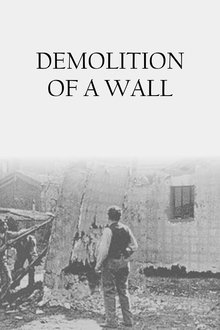
Demolition of a Wall (1896)
Auguste Lumière directs four workers in the demolition of an old wall at the Lumière factory. One worker is pressing the wall inwards with a jackscrew, while another is pushing it with a pick. When the wall hits the ground, a cloud of white dust whirls up. Three workers continue the demolition of the wall with picks.
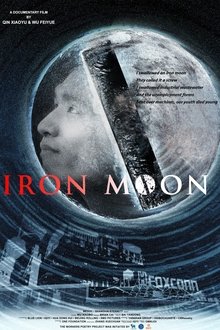
Iron Moon (2016)
Few of us have stopped to consider the lives of the workers who manufacture the objects that make up our daily lives. We use these objects without knowing anything about the Foxconn plants in which they are made, or even where these factories are located, let alone who works in them. One such worker was the young Chinese poet Xu Lizhi, who, at the age of 24, jumped out of a building not far from where he worked at the Foxconn factory in Shenzhen.

The Teachers: Pink, Nature Trail, Ridge between Rice Paddies, Plum (2023)
We no longer see children running around playing in the alleys of Seoul. Starting from elementary school, children go to private classes after their school. However, we see these people who are making efforts to protect children’s right to be a child and play like a child.

Girls Taking Time Checks (1904)
Almost 200 women file by a device on the wall from which they take their time checks. A man runs half-way across the screen at the end of the film.

Testing Large Turbines, Westinghouse Co. Works (1904)
On the left of the screen, a small group of men lift the top off of what appears to be a turbine with a crane and continue to check the machine, tightening various parts with wrenches. On the right side, a few men appear to be testing the workings of what may be a turbine.
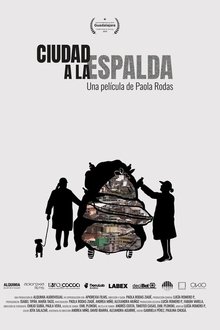
Ciudad a la Espalda (2023)
María and Isabel are two women in their fifties who, like many others, recycle in Quito, where there is no recycling system. María leads a collective fight for basic labor rights; while Isabel transmits her knowledge of environmental care while she raises her daughters.
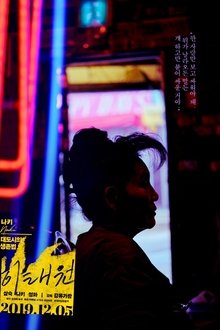
Itaewon (2019)
Stories of three women who have been living in Itaewon, Seoul, Korea since the era that the town was run by U.S dollars of the U.S. Army.

NCT DREAM Mystery Lab: DREAM( )SCAPE in Cinemas (2024)
NCT DREAM’s third world tour, ‘THE DREAM SHOW 3: DREAM( )SCAPE,’ is coming to the big screen once again, bringing back the vibrant world bathed in Pearl Neo Champagne! Join the journey as the story of the Mystery Lab unfolds—a special laboratory where the secrets of growth are discovered on the path to one’s dreams, and where the prescription for comfort and healing is shared. Captured from Seoul's Gocheok Sky Dome, witness their breathtaking performances that radiated youthful energy, plus the passionate efforts behind the scenes. Don’t miss NCT DREAM Mystery Lab: DREAM( )SCAPE in Cinemas—a stage for both escaping into dreams and embracing new beginnings.
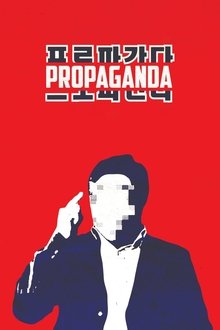
Propaganda (2013)
An anti-western propaganda film about the influences of American visual and consumption culture on the rest of the world, as told from a North Korean perspective.
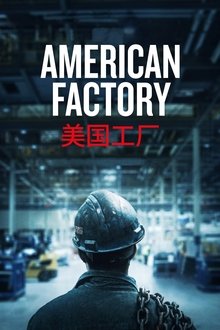
American Factory (2019)
In post-industrial Ohio, a Chinese billionaire opens a new factory in the husk of an abandoned General Motors plant, hiring two thousand blue-collar Americans. Early days of hope and optimism give way to setbacks as high-tech China clashes with working-class America.
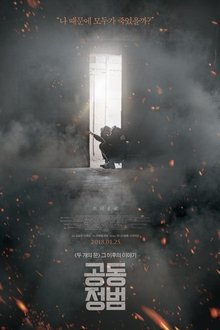
The Remnants (2018)
In October 2015, the evicted residents who had imprisoned on a false charge of killing a policeman assembled in a place for the first time after the Yongsan Disaster six years ago. They had occupied a watchtower against unreasonable redevelopment policies and in protest against violent suppression used by riot police in 25 hours of their sit-in demonstration. Their colleagues had died from an unknown fire, and they became criminals. The delight of meeting again lasts only briefly. The ‘comrades’ rip out cruel words while blaming each other.
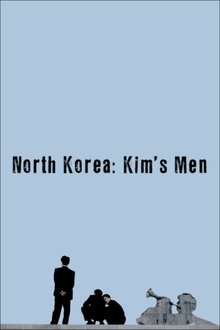
North Korea: All the Dictator's Men (2018)
North Korea has nuclear weapons. How did it manage to get them quietly? Donald Trump is under the impression that as US president he could convince Kim Jong-un, the North Korean leader, to disarm his nuclear weapons and make peace with South Korea. But how was it possible that one of the poorest countries in the world could acquire the knowledge to produce nuclear-tipped rockets?
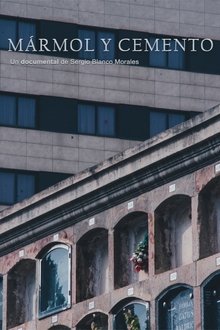
Marble and Concrete (2022)
A documentary that invites the viewer to immerse themselves in a intimate and thoughtful walk through Poblenou Cemetery in Barcelona, better know as "El Santet", to see what is happening at its surrounding areas and, especially, inside: work, buildings, people watching over those who are no longer here, cemetery workers... A trip through a space that is closer than we think.

BTS World Tour: Love Yourself in Seoul (2019)
Shot at the Olympic Stadium in Seoul during the BTS World Tour ‘Love Yourself’ to celebrate the seven members of the global boyband and their unprecedented international phenomenon.
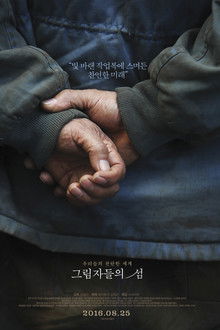
The Island of Shadows (2016)
The workers talk about the pleasure of starting work in a shipyard, the pride of making the vessel, and the recognition of workers and the high spirit of their novel struggle. There was solidarity everywhere, even in each other's mind. But there is no more energy in Hanjin Shipyard. The workers have been laid-off and the strike shows no sign of stopping. A 34 year-old worker committed suicide as well. It's the fourth who has become a martyr for the cause. Why have the laborers who worked at Hanjin shipyard separated like this? They are starting to ask themselves why they decided to hate each other.
